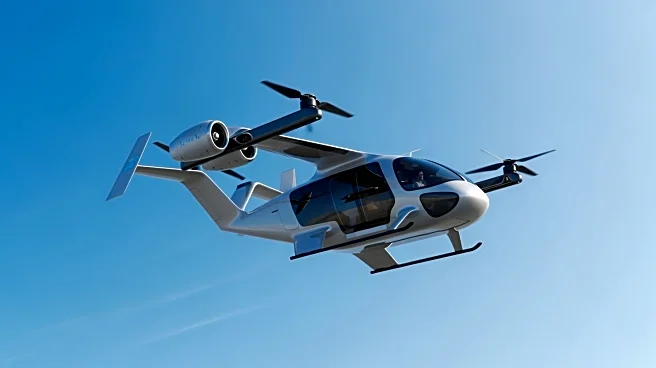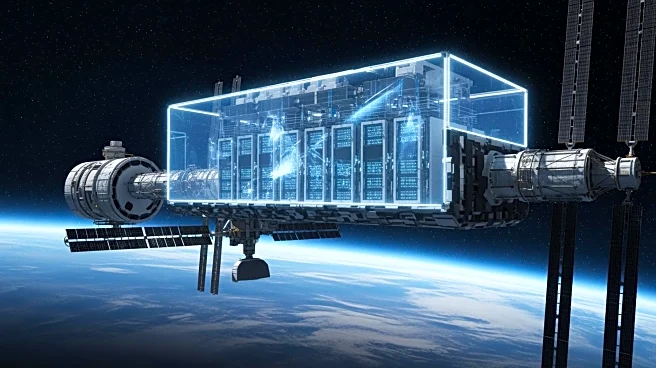What's Happening?
Archer Aviation has announced a significant partnership with Korean Air to purchase up to 100 Midnight electric vertical takeoff and landing (eVTOL) air taxis. This collaboration aims to establish urban air mobility operations in South Korea, starting
with government applications. Archer Aviation is pursuing a global expansion strategy, with plans to introduce its Midnight eVTOLs in Japan and Korea, alongside existing operations in the UAE, Ethiopia, and Indonesia. The eVTOL industry, including Archer, faces competition from rivals like Joby Aviation and challenges in achieving aircraft certification, though international efforts are underway to harmonize regulations for global deployment.
Why It's Important?
The partnership with Korean Air marks a significant step for Archer Aviation in expanding its presence in the global eVTOL market. This move could position Archer as a key player in urban air mobility, potentially transforming transportation in densely populated areas. The collaboration with Korean Air also highlights the growing interest in eVTOL technology, which promises quieter, more efficient urban transport solutions. As Archer navigates certification challenges, successful deployment in South Korea could pave the way for broader international acceptance and integration of eVTOL aircraft.
What's Next?
Archer Aviation's focus will likely be on securing necessary certifications and establishing operational frameworks for its Midnight eVTOLs in South Korea. The company may also continue to explore partnerships and expansion opportunities in other regions, leveraging its existing agreements with airlines and stakeholders. As the eVTOL industry evolves, Archer's ability to navigate regulatory landscapes and demonstrate the viability of its technology will be crucial for its long-term success.
Beyond the Headlines
The partnership with Korean Air not only signifies a technological advancement but also reflects a shift in transportation paradigms, where air taxis could become a common mode of urban travel. This development raises questions about infrastructure needs, air traffic management, and environmental impacts, as cities adapt to accommodate new forms of mobility.














